
- 0 Comments
- PRMA Plastic Surgery
The recent outbreak of Coronavirus (COVID-19) has caused increased fear and anxiety for many—and rightfully so. We find ourselves today living in a world much different than the world we were living in just a few weeks ago. Across the globe, schools and business are closed, grocery stores are out of toilet paper and some basic grocery store items, and more and more adults are advised to work from home and self-quarantine. There is little-to-no escape from the news headlines acting as a constant reminder to what’s going on outside the safety of our homes.
As I type these next paragraphs, I want to be completely transparent. I am writing this blog as a reminder to myself, but with hope that these simple tips will also help others.
Increased levels of fear and anxiety are not helpful during a time of crisis. Stress like this is not only bad for your health, it has no value to those you care most about or your community. It is important to remember stress during an infectious disease outbreak is normal. BUT it is crucial to the betterment of ourselves and our loved ones that we put fear behind us and facts in front of us.
Tips for Reducing Fear and Anxiety
- Limit screen time
- Although challenging, limiting the time you spend on social media or watching TV can vastly reduce anxiety levels. Hearing and reading about the Coronavirus outbreak continuously can be upsetting
- Pray and/or meditate
- Take deep breaths when you feel yourself begin to build up with anxiety and try to find comfort in prayer and/or mediation practices
- Take care of yourself
- This includes eating healthy, getting sleep, avoiding alcohol and getting daily exercise
- Take time each day doing something you love
- Play a game of cards with your family or hunker down in a bubble bath and read your favorite book. Anything you can do for yourself to direct your mind in a positive thinking direction is always going to be helpful
- Connect with others (following social-distancing guidelines of course)
- Call and chat with your friends and family. How often do we go weeks or months between check-in calls with our loved ones? Now’s the time to be proactive about staying in-touch
- Help those in need
- In a time of crisis, helping those in your community who may be at high risk or disabled is important. A simple act of kindness can go a long way and can be as simple as picking up a few simple groceries at the store so they do not have to go out. Helping others can give you purpose in a stressful time and can help reduce anxiety
Tips for Facing Facts
Sharing the facts about COVID-19 and understanding your risk and how to minimize the risk of contracting the disease yourself and reducing the risk for the people you care about can make an outbreak less stressful.
Here’s what we know today:
The Coronavirus has now been identified across the globe and in all 50 states across the US. It is a respiratory virus that causes fever, cough and shortness of breath. These symptoms can be mild to severe and in some cases can lead to death. Individuals who are more likely to exhibit severe symptoms are older adults and those with serious chronic medical conditions like heart disease, diabetes, lung disease and others who may be immunocompromised (including those who have recently completed cancer treatment).
To help reduce the spread of the virus and the potential of overwhelming our hospitals we can all do our part by following the recommendations shared by the CDC:
- Find your local community information
- Know where to find local information on COVID-19 and local trends of COVID-19 cases
- Know the signs & symptoms
- Fever, cough, shortness of breath
- If you feel sick, stay home and away from others
- If you are experiencing any of these symptoms, call your doctor before going in for further direction
- Fever, cough, shortness of breath
- Implement steps to prevent sickness
- Wash hands often with soap and warm water
- Practice respiratory etiquette
- Clean surfaces daily
- Practice social distancing guidelines
- Limit movement in your community
- Avoid unnecessary travel
- Work from home if possible
- Limit visitors
- Avoid shaking hands
- Avoid crowds greater than 10
- Know what additional measures those at higher risk and who are vulnerable should take
- Stock up on supplies and medications
- Keep space between yourself and others
- When you go out in public, keep away from others who are sick, limit close contact and wash your hands often
- Avoid crowds as much as possible
- Avoid non-essential air travel
- During a COVID-19 outbreak in your community, stay home as much as possible to further reduce your risk of being exposed
We will get through this! This too shall pass! But in the meantime, try to keep the fear behind and the facts in front! There is no need to buy twenty years’ worth of toilet paper and wrap yourself in trash bags. BUT washing your hands and following the CDC’s recommendations can go a long way in minimizing this pandemic.
Author: Dr. Minas Chrysopoulo and Courtney Floyd
Increased levels of fear and anxiety are not helpful during a time of crisis. Stress like this is not only bad for your health, it has no value to those you care most about or your community. It is important to remember stress during an infectious disease outbreak is normal. BUT it is crucial to the betterment of ourselves and our loved ones that we put fear behind us and facts in front of us.
Leave Comment
Sign Up for Our Monthly Newsletter
Continue Reading

Breast Reconstruction Surgery and Your Period
Breast Reconstruction Surgery and Your Period December 02, 2020 Share on Facebook Twitter Linkedin During our pre-operative appointment with patients, a topic that occasionally arises is menstrual cycles. It is completely normal for women to experience changes with their periods throughout breast cancer treatments. These can be temporary or permanent. Periods can be unpredictable following […]
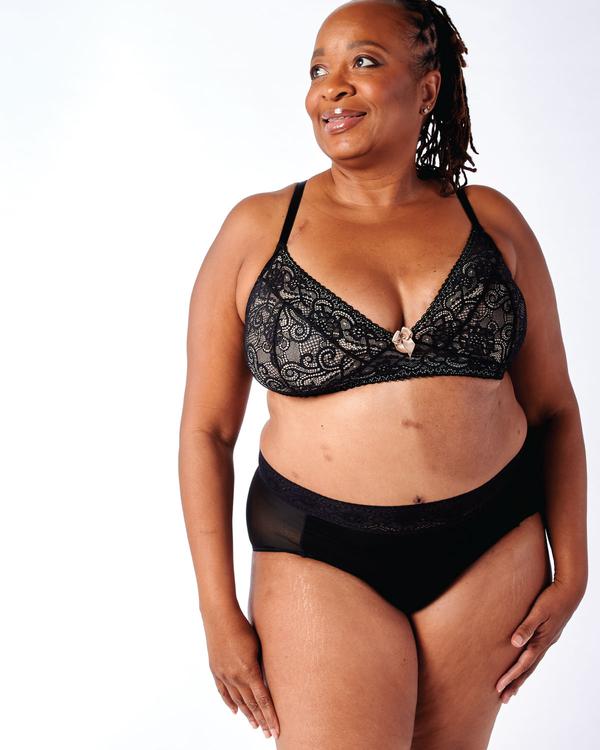
What Bras and Abdominal Girdles to Wear After Breast Reconstruction Surgery
What Bras and Abdominal Girdles to Wear After Breast Reconstruction Surgery November 17, 2020 Share on Facebook Twitter Linkedin When preparing for breast reconstruction surgery, many patients want to know what types of bras and abdominal girdles they should plan to wear after surgery. Although every surgeon has slightly different preferences, we have put together […]

My 5 DIEP Flap Realities | A Guest Blog From Julie
My 5 DIEP Flap Realities October 28, 2020 Share on Facebook Twitter Linkedin Hi everyone, my name is Julie from It’s a Bosom Thing. I am so happy to be here as a guest blogger and have this opportunity to share with you a few thoughts about life after DIEP Flap Surgery. I was diagnosed […]
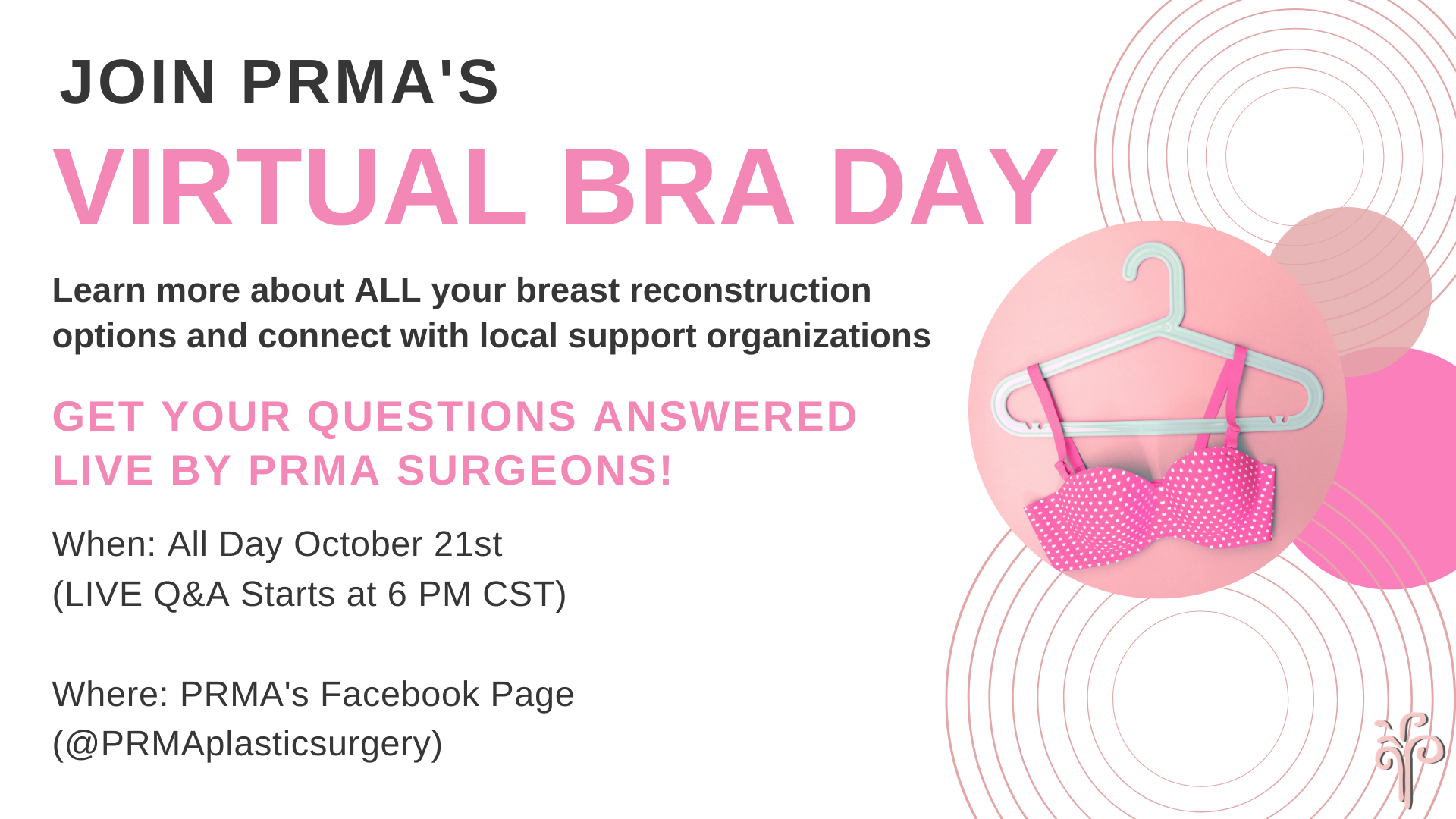
PRMA’s BRA Day Virtual Event Recap
PRMA’s BRA Day Virtual Event Recap September 08, 2020 Share on Facebook Twitter Linkedin Yesterday we celebrated Breast Reconstruction Awareness day! Although we missed seeing everyone in person this year, we were still able to spread education and awareness on ALL reconstructive options through our virtual efforts. We were also able to share information on […]
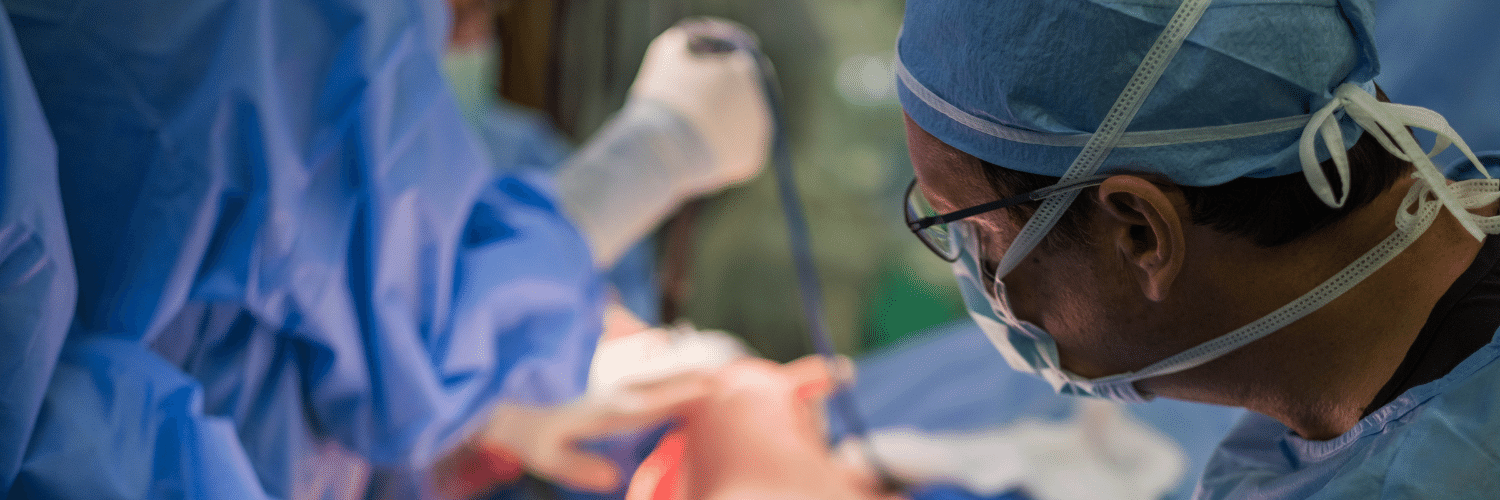
Second Stage DIEP Flap Surgery
Second Stage DIEP Flap Surgery September 08, 2020 Share on Facebook Twitter Linkedin DIEP flap breast reconstruction is typically comprised of at least two stages for the best outcomes. The second stage of surgery is commonly referred to as the “revision” stage and is usually performed about three months after the initial reconstruction. The purpose […]

If ‘Flaps’ Are Such A Great Breast Reconstruction Option, Why Doesn’t Everyone Get Them?
If ‘Flaps’ Are Such A Great Breast Reconstruction Option, Why Doesn’t Everyone Get Them? September 08, 2020 Share on Facebook Twitter Linkedin Flap-based breast reconstruction procedures, like the DIEP flap, offer patients a safe, natural implant-alternative option to reconstruction after a mastectomy. Flap surgeries are permanent and are associated with fewer complications after radiation when […]
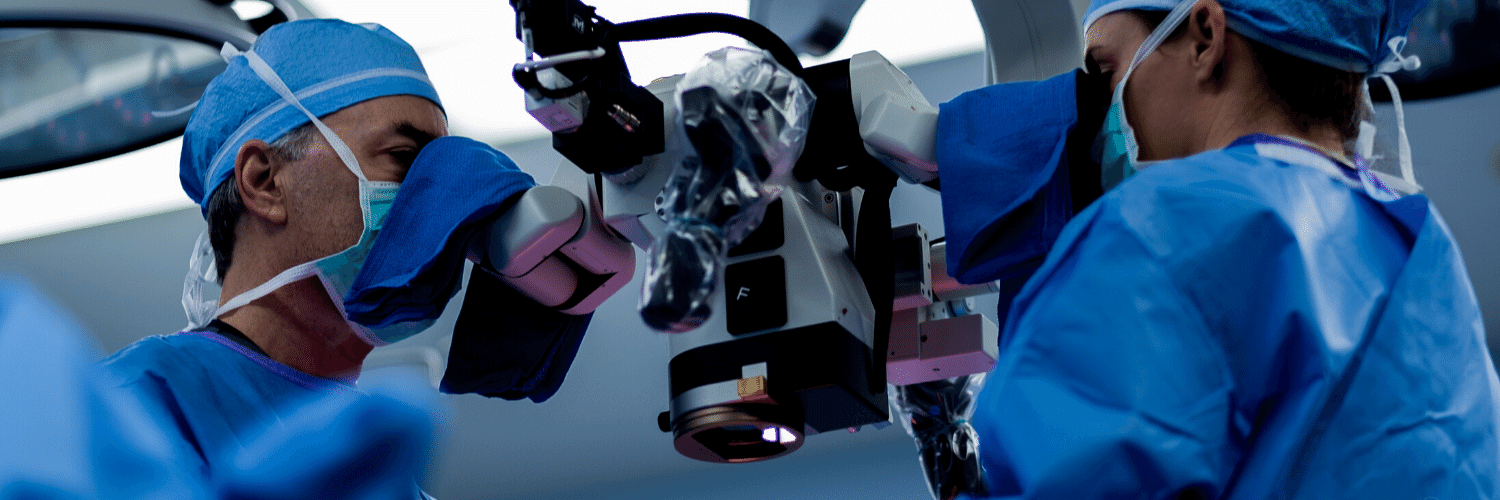
What is a Skin Island and How is it Used in Breast Reconstruction?
What is a Skin Island and How is it Used in Breast Reconstruction? September 08, 2020 Share on Facebook Twitter Linkedin What is a “skin island”? The term “skin island” is used to describe the remaining visible skin from a transplanted “flap” of tissue. In the setting of DIEP flap breast reconstruction, the skin island […]

Comparing APEX Flap and DIEP Flap Breast Reconstruction
Comparing APEX Flap and DIEP Flap Breast Reconstruction August 10, 2020 Share on Facebook Twitter Linkedin We have been receiving numerous inquiries about the “APEX flap” recently. Patients want to know what it is and how it differs from the DIEP flap. APEX is an acronym that stands for “Abdominal Perforator Exchange”. Many patients believe […]
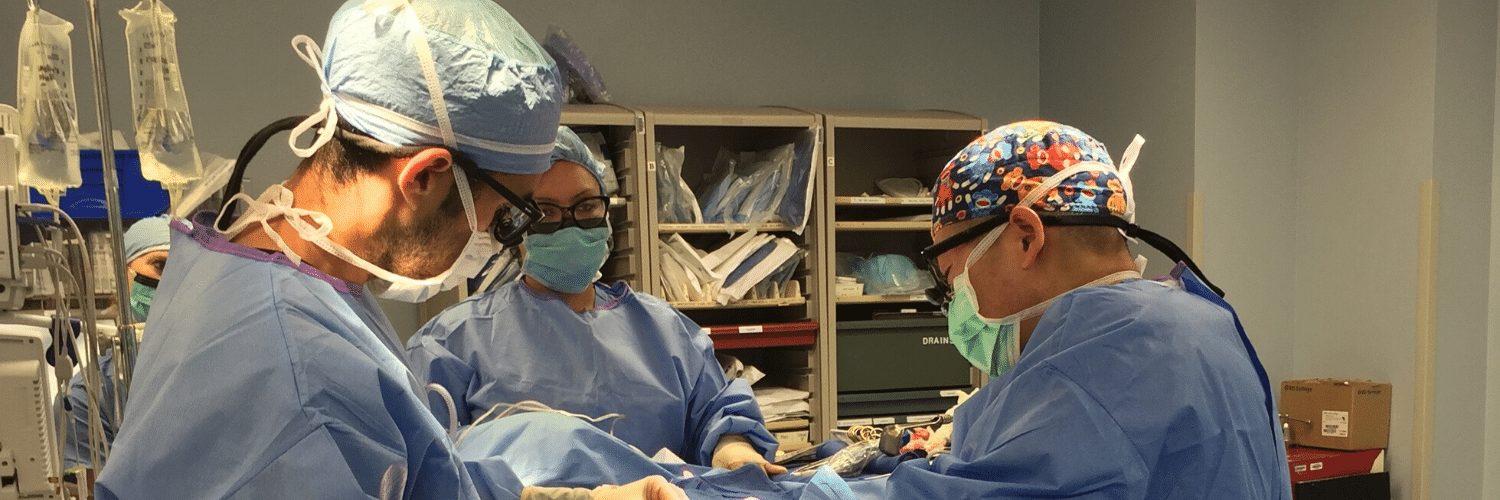
Monitoring the Health of Your Flap During & After Surgery
Monitoring the Health of Your Flap During & After Surgery July 21, 2020 Share on Facebook Twitter Linkedin Autologous flap (or tissue) breast reconstruction procedures represent today’s most advanced options for rebuilding a breast(s) following mastectomy. The most commonly performed method of flap-based reconstruction at PRMA is the DIEP flap. During this procedure, surgeons transplant skin […]
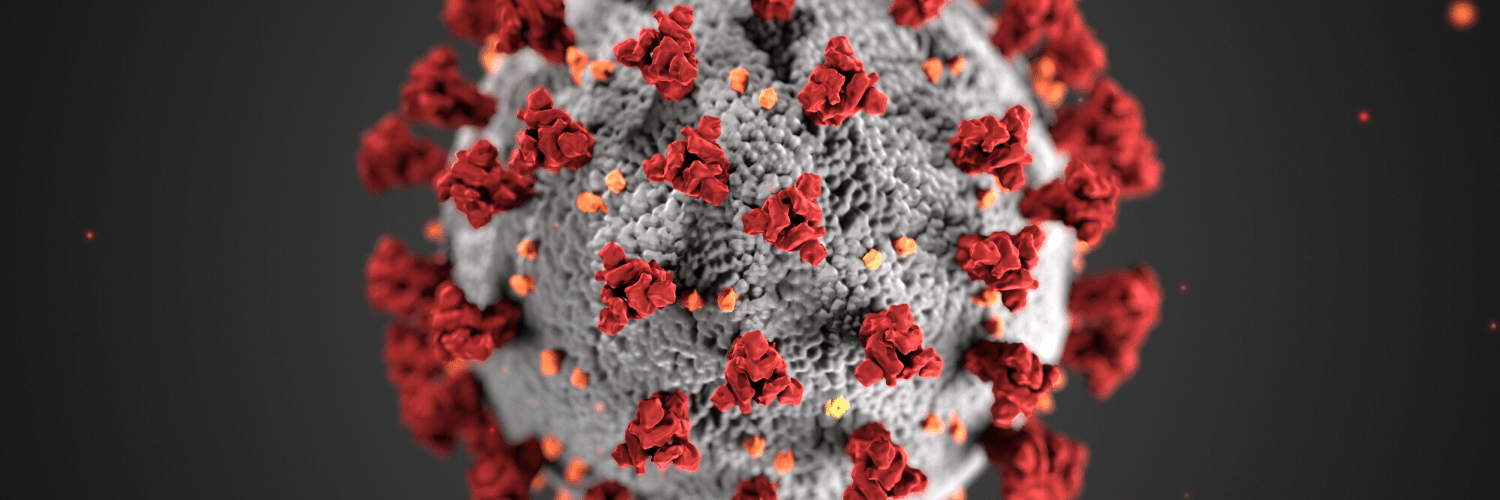
COVID-19 and the Impact on Cancer Patient’s Mortality
COVID-19 and the Impact on Cancer Patient’s Mortality July 21, 2020 Share on Facebook Twitter Linkedin There is still so much we do not know about COVID-19. Likewise, there is little known about how this disease impacts mortality for cancer patients. A study published in The Lancet evaluated and characterized the outcomes of patients with cancer […]
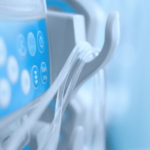

No Comments